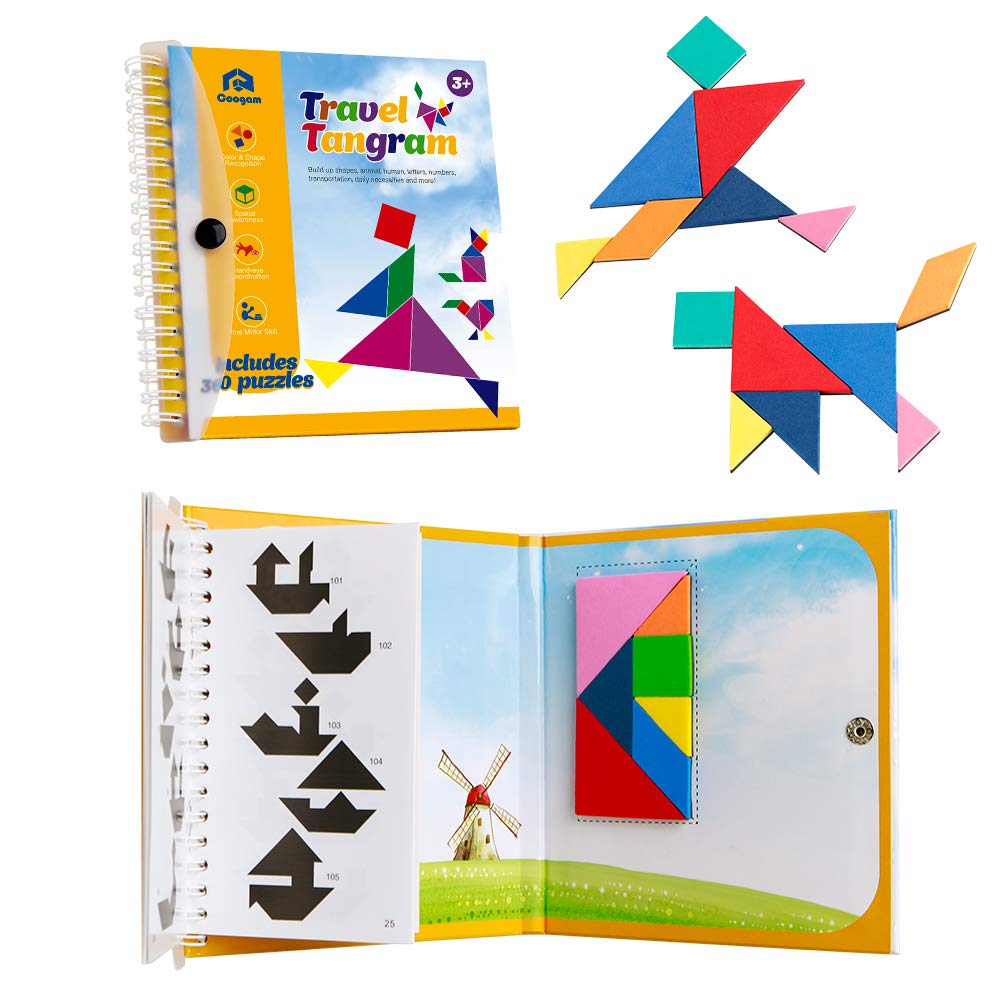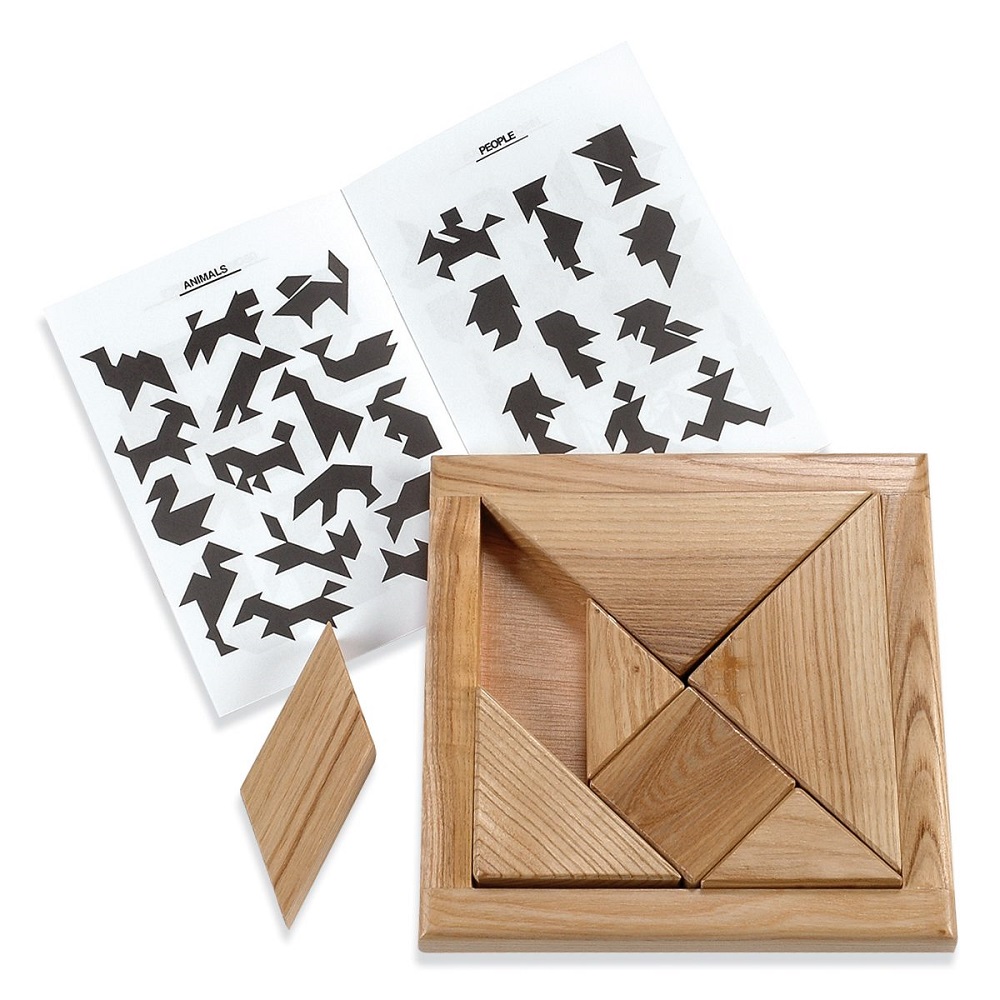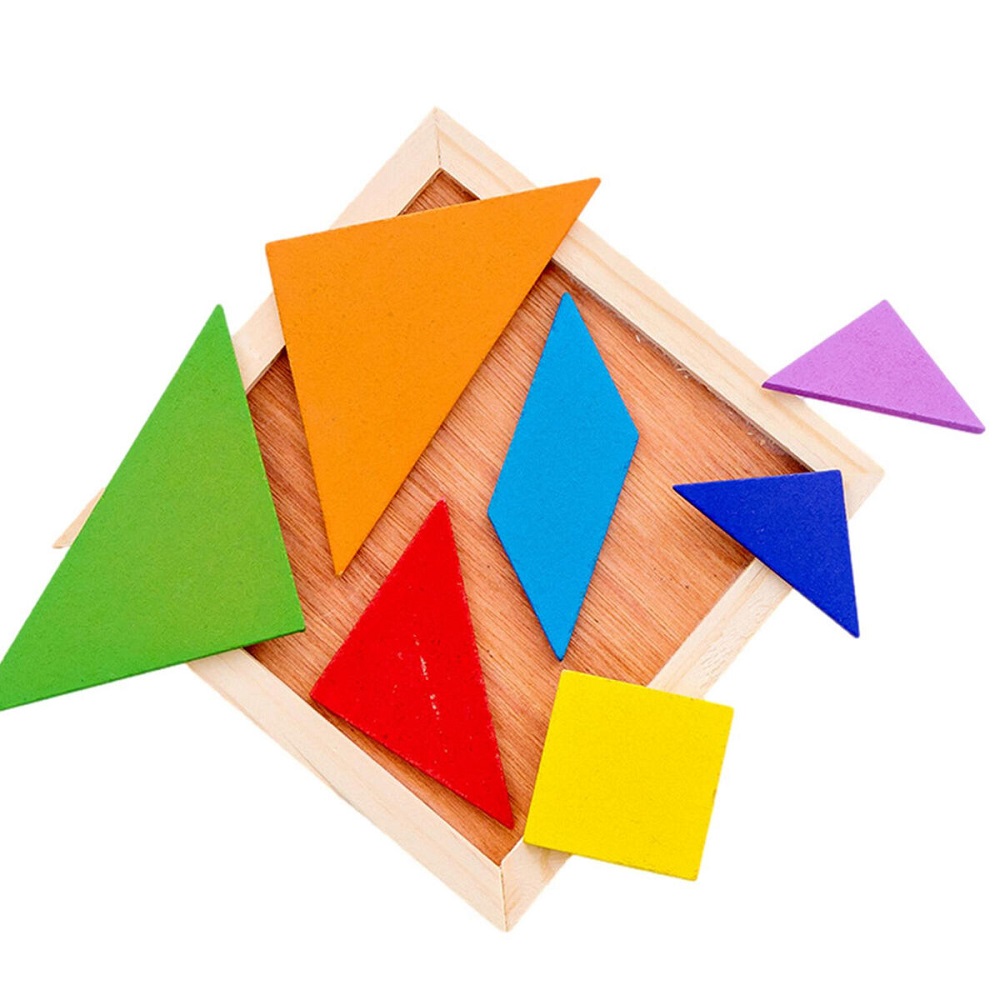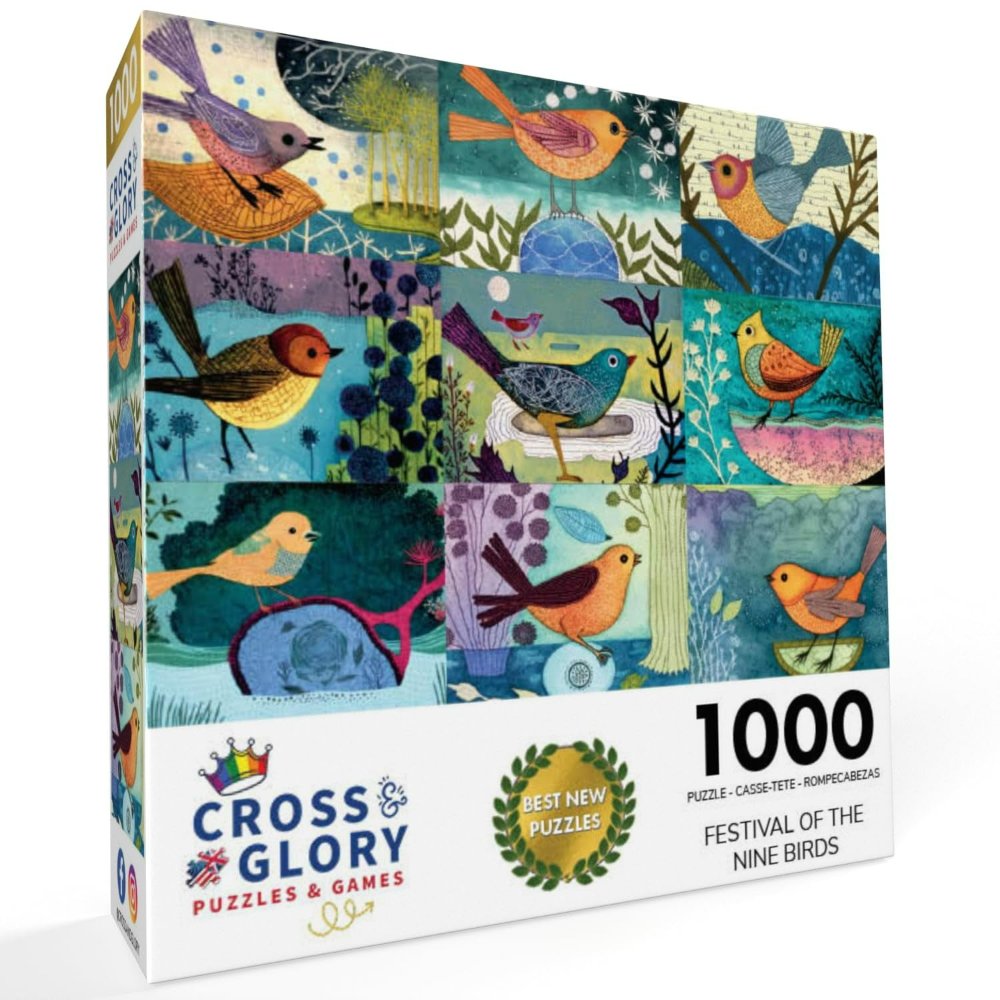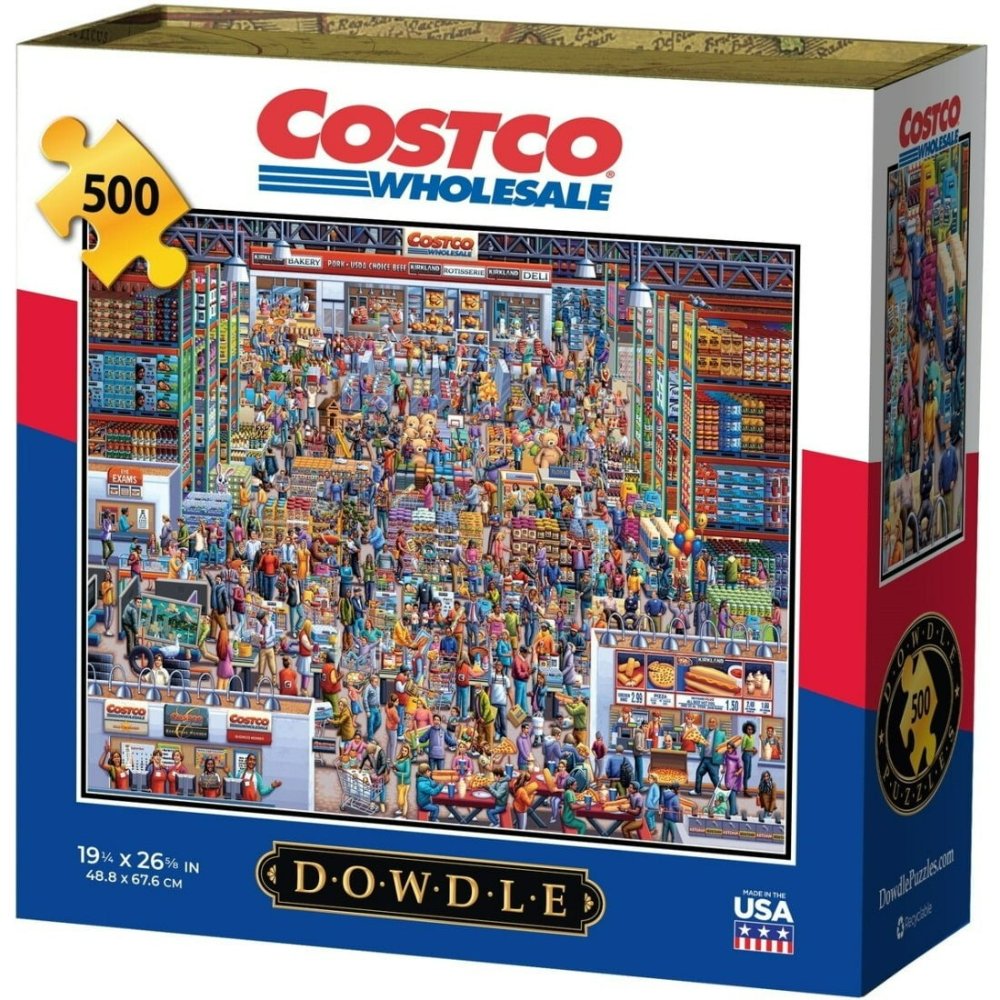Tangrams are delightful puzzles that have captivated minds for centuries. They originated in China during the early 19th century but have since become popular worldwide. A tangram set consists of seven flat pieces called tans. These pieces can be put together in numerous ways to create different shapes and patterns. In this article, we will explore the interesting world of tangram patterns in detail. We will dive into their history, how they can be used for education, and the different techniques for creating unique designs.
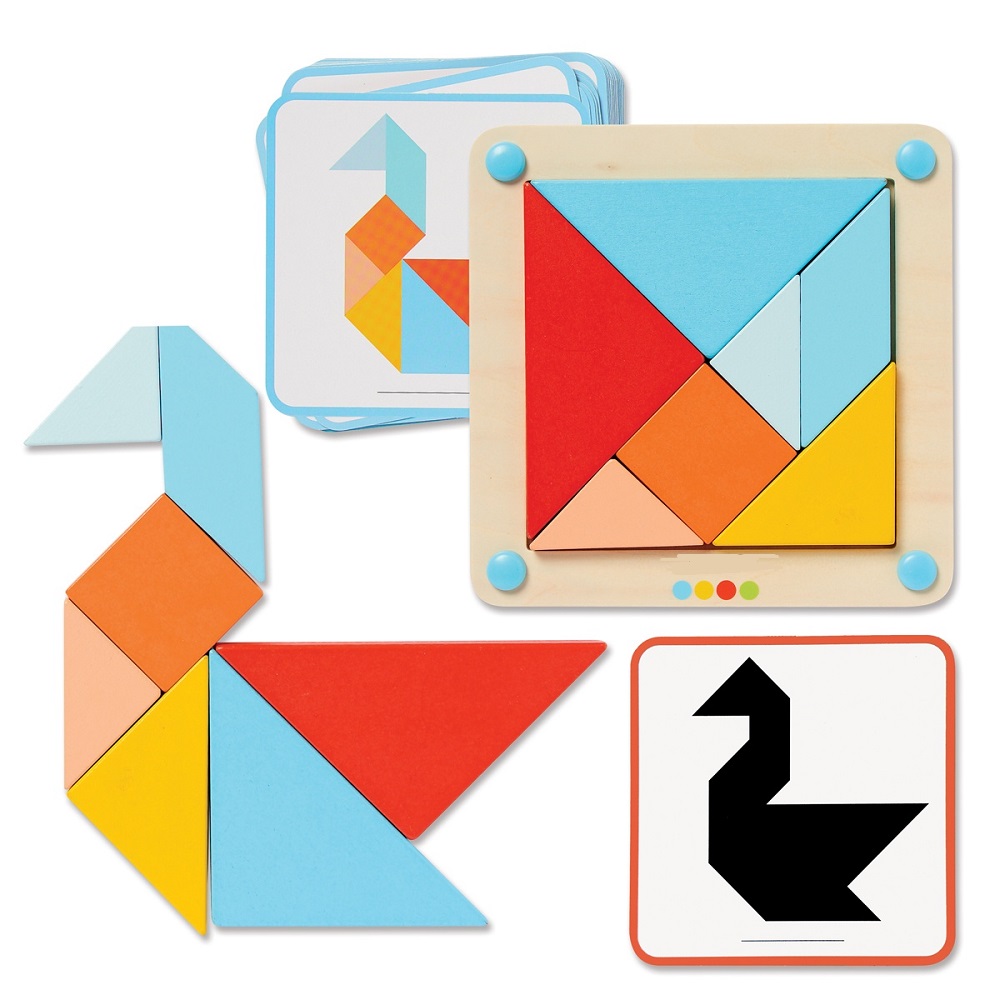
The History of Tangrams
The Origins of Tangrams
The history of tangrams is fascinating. The puzzle is believed to have been invented in China around 1816. It was originally called “Ch’i Qiao Ban,” meaning “seven boards of skill.” Merchants and traders brought the puzzle to the West, where it became immensely popular in the United States and Europe in the 19th century. This rapid spread led to different variations and interpretations of the game, but the basic concept remained the same.
The Journey to the West
When tangrams reached the West, they were met with curiosity and enthusiasm. Puzzles and games were a popular pastime during the Victorian era, and tangrams fit perfectly into this culture. Newspapers at the time frequently featured tangram puzzles, further enhancing their popularity. As the years went by, tangrams were not just seen as a game; they became a part of educational methods. Teachers used tangrams to teach math, geometry, and problem-solving skills.
Cultural Significance
Over the years, tangrams have transcended boundaries. They can be found in various cultures and have inspired artists and educators. In the realm of art, some artists use tangram pieces to create stunning artworks. These creations showcase how simple shapes can merge to form complex images. The tangram shapes can also be symbolic. The challenge of fitting the pieces together often reflects deeper themes of connection and unity.
Understanding Tangram Pieces
The Seven Tan Pieces
Tangrams consist of seven unique shapes: two large triangles, one medium triangle, two small triangles, one square, and one parallelogram. Each piece has its own character and specific role in forming larger patterns. The beauty of tangrams lies in how these shapes can combine and rearrange to create countless configurations.
Properties of Shapes
Each tangram piece has distinct geometric properties. The large triangles can be arranged to create a variety of angles and dimensions. The square is versatile and can serve as a base. The parallelogram introduces slant and direction into the designs. Understanding the properties of each piece makes it easier to construct more complex shapes. This knowledge enhances spatial reasoning, a crucial skill in mathematics and daily life.
Color and Material Variations
Tangrams come in various colors and materials. Traditional tangrams were made from wood, often painted in vibrant colors. Nowadays, you can find tangrams in plastic, cardboard, and even metal. The variety allows for different sensory experiences. Some prefer the feel of wood, while others enjoy the flexibility of plastic. This diversity makes tangrams appealing to a broader audience.
Educational Applications of Tangrams
Enhancing Mathematical Skills
Tangram puzzles are excellent tools for teaching mathematical concepts. They encourage students to think critically and improve their problem-solving skills. When students work with tangrams, they explore shapes, angles, and geometric relationships. This hands-on experience with tangrams enhances understanding and retention of mathematical principles.
Promoting Creativity
Tangrams aren’t just about math; they promote creativity too. Students can create unique designs and patterns with the pieces. This freedom encourages artistic expression. In an educational setting, art is often an essential part of learning. Through tangrams, students can explore the intersection of math and art, which enriches their educational experience.
Collaborative Learning
Tangrams also encourage collaboration among students. Working together to solve a tangram puzzle fosters teamwork. Students learn to communicate their ideas and develop strategies collectively. This collaboration is vital in today’s educational landscape. It builds social skills and prepares students for the collaborative nature of the workplace.
Creating Unique Tangram Patterns
Step-by-Step Guidance
Creating unique tangram patterns can be a rewarding experience. To start, assemble the seven tans. Make sure they are placed flat and organized. This organization allows your mind to see the potential arrangements more easily. Begin by experimenting with one of the larger pieces. Try to visualize a complete shape before placing other pieces.
Common Patterns
Some common patterns include animals, people, and objects. For example, the classic ‘tangram duck’ is an easy and fun project. Start with the large triangles for the body and add the small triangles for the tail. Once comfortable, you can explore more complex designs like dragons or birds. The possibilities are endless, and the only limit is your imagination.
Advanced Techniques
Advanced users of tangrams often develop their own techniques. Some might use a grid to outline their shapes before starting. Others might even sketch their ideas on paper first. These methods can be particularly helpful when creating intricate designs. Additionally, experienced tangram enthusiasts often blend pieces from different sets to create hybrid patterns.
Tangram Variations Around the World
Cultural Interpretations
Tangrams have inspired various cultures, leading to unique interpretations. In Japan, for example, they are often combined with origami to create striking designs. This melding of arts offers a new dimension to tangram patterns. It’s fascinating to see how different cultures adapt the same basic concept of tangrams.
Thematic Patterns
Many modern tangram sets come with themed patterns. These sets may focus on animals, mythology, or nature. The thematic approach allows for targeted creativity. Users can challenge themselves to create designs that fit a specific theme. This can be especially engaging for educational purposes, as it provides context for the activity.
Technological Adaptations
In today’s digital age, tangram puzzles have found their way into apps and online games. Many software applications provide interactive tangram puzzles. This digital format offers a modern twist while retaining the core principles of tangram patterns. Interactive platforms can foster a community of tangram enthusiasts, allowing them to share designs and challenge each other.
The Psychological Impact of Tangrams
Building Confidence
Engaging with tangrams can significantly boost a person’s confidence. Successfully solving a puzzling design instills a sense of achievement. This accomplishment can enhance self-esteem, especially in a classroom setting. Students who struggle with traditional learning methods often find success with tangrams, making them feel valued and capable.
Stress Relief and Mindfulness
Tangram puzzles can also serve as effective stress relief. The concentration required to fit pieces together helps divert focus from everyday stressors. This mindful practice creates a calming effect. Many adults find that engaging with tangrams leads to a state of relaxation. As such, tangrams can easily become a form of therapeutic art.
Cognitive Development
Regular engagement with tangrams aids cognitive development. The puzzles stimulate the brain and improve memory and reasoning skills. Problems solved using tangrams necessitate framing and re-framing views. This leads to enhanced adaptability in problem-solving, a skill that is increasingly valuable today.
Conclusion: The Timeless Appeal of Tangrams
Tangrams are more than just simple puzzles; they represent creativity, mathematics, education, and cultural exchange. Whether you’re looking to challenge your mind or simply create beautiful patterns, tangrams offer endless possibilities. With their rich history and wide-ranging applications, tangrams can continue to thrill and educate people for generations to come. The journey of tangram patterns has just begun. So, gather some pieces and start exploring the amazing shapes and designs waiting to be discovered. Happy tangram puzzling!
